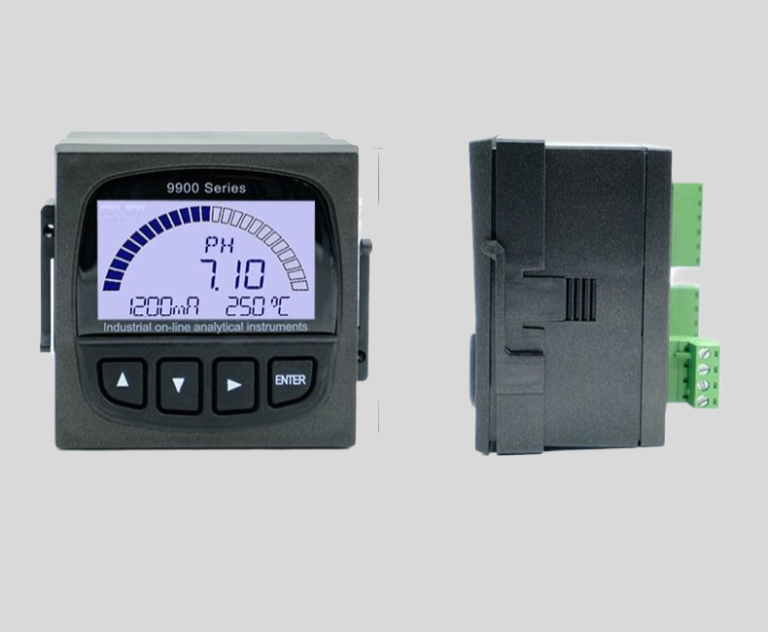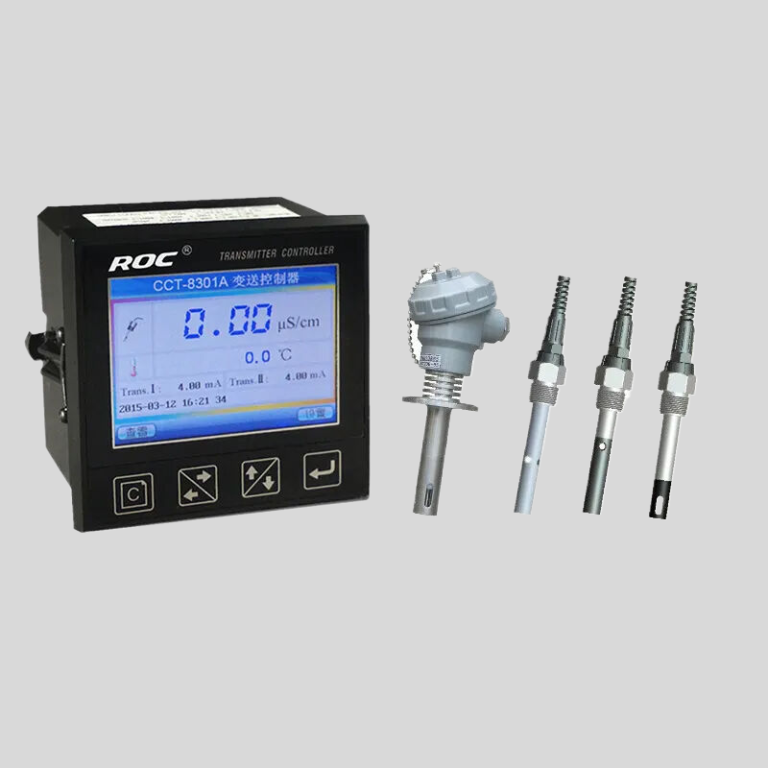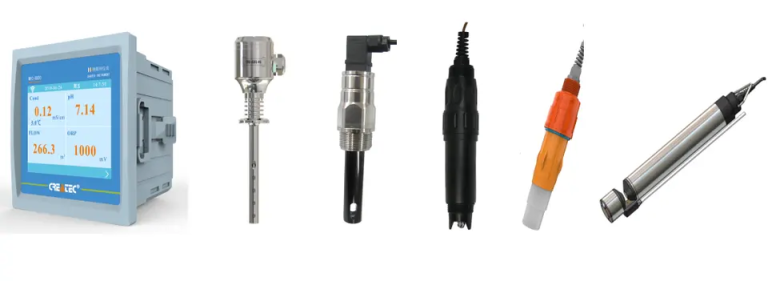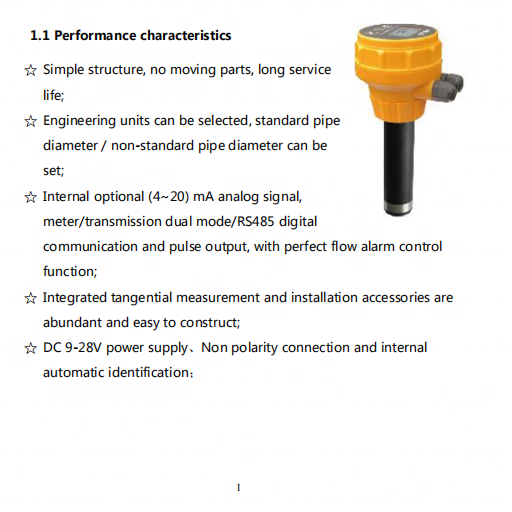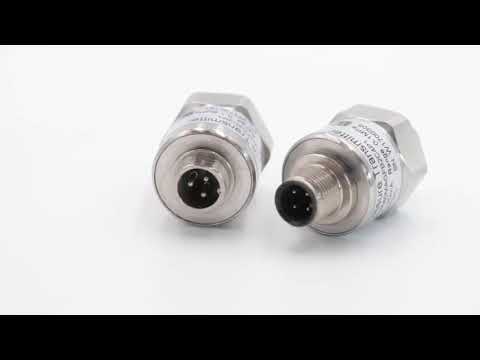Advantages of Using a conductivity meter
Conductivity meters are widely used in various industries and research fields to measure the ability of a solution to conduct electricity. These devices are essential for monitoring water quality, testing the purity of chemicals, and ensuring the proper functioning of electronic components. In this article, we will discuss the advantages and disadvantages of using a conductivity meter.
One of the main advantages of using a conductivity meter is its simplicity and ease of use. These devices are typically compact and portable, making them convenient for on-site measurements. With just a few simple steps, users can obtain accurate and reliable conductivity readings, allowing for quick and efficient analysis of a solution’s electrical conductivity.
Another advantage of conductivity meters is their versatility. These devices can measure a wide range of conductivity levels, from ultra-pure water to highly concentrated solutions. This flexibility makes conductivity meters suitable for a variety of applications, including environmental monitoring, industrial processes, and scientific research.
| Model | EC-810 Conductivity/resistivity controller |
| Range | 0-200/2000/4000/10000uS/cm |
| 0-20/200mS/cm 0-18.25M\\u03a9 | |
| Accuracy | Conductivity:1.5%;\\u00a0 Resistivity:2.0%(FS) |
| Temp. Comp. | Automatic temperature compensation based on 25\\u2103 |
| Oper. Temp. | Normal 0\\uff5e50\\u2103; High temp 0\\uff5e120\\u2103 |
| Sensor | 0.01/0.02/0.1/1.0/10.0cm-1 |
| Display | LCD Screen |
| Current Output | 4-20mA output/2-10V/1-5V |
| Output | High/Low limit dual relay control |
| Power | AC 220V\\u00b110% 50/60Hz or AC 110V\\u00b110% 50/60Hz or DC24V/0.5A |
| Working Environment | Ambient temperature:0\\uff5e50\\u2103 |
| Relative humidity\\u226485% | |
| Dimensions | 96\\u00d796\\u00d7100mm(H\\u00d7W\\u00d7L) |
| Hole Size | 92\\u00d792mm(H\\u00d7W) |
| Installation Mode | Embedded |
Conductivity meters are also known for their high accuracy and precision. These devices can detect even small changes in conductivity, making them ideal for detecting impurities or contaminants in a solution. By providing precise measurements, conductivity meters help ensure the quality and consistency of products and processes.
In addition, conductivity meters are cost-effective tools for monitoring and controlling conductivity levels. By accurately measuring conductivity, users can optimize processes, reduce waste, and improve overall efficiency. This can lead to cost savings and increased productivity in various industries, such as manufacturing, agriculture, and pharmaceuticals.
Despite their many advantages, conductivity meters also have some limitations and disadvantages. One of the main drawbacks is their sensitivity to temperature and other environmental factors. Changes in temperature can affect the conductivity of a solution, leading to inaccurate readings. To mitigate this issue, users may need to calibrate their conductivity meters regularly and take temperature measurements into account.
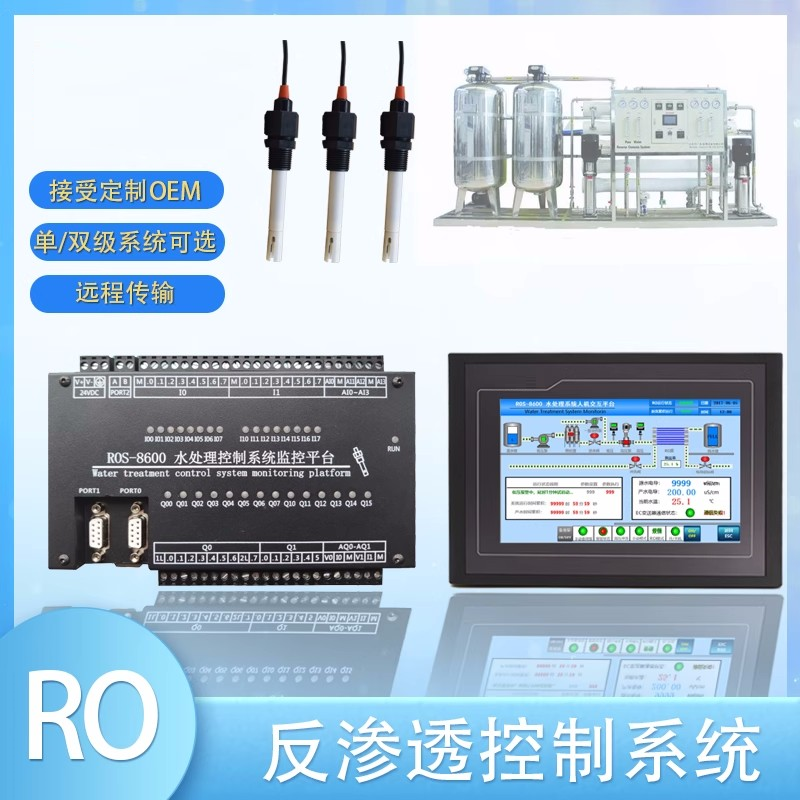
Another disadvantage of conductivity meters is their limited ability to measure specific ions or compounds in a solution. While conductivity is a useful indicator of overall solution purity, it does not provide information about the specific substances present. For more detailed analysis, users may need to use additional testing methods, such as ion chromatography or spectroscopy.
In conclusion, conductivity meters offer numerous advantages for measuring electrical conductivity in solutions. These devices are easy to use, versatile, accurate, and cost-effective, making them essential tools for a wide range of applications. However, conductivity meters also have limitations, such as sensitivity to temperature and the inability to identify specific ions. By understanding the advantages and disadvantages of conductivity meters, users can make informed decisions about when and how to use these devices in their work.

